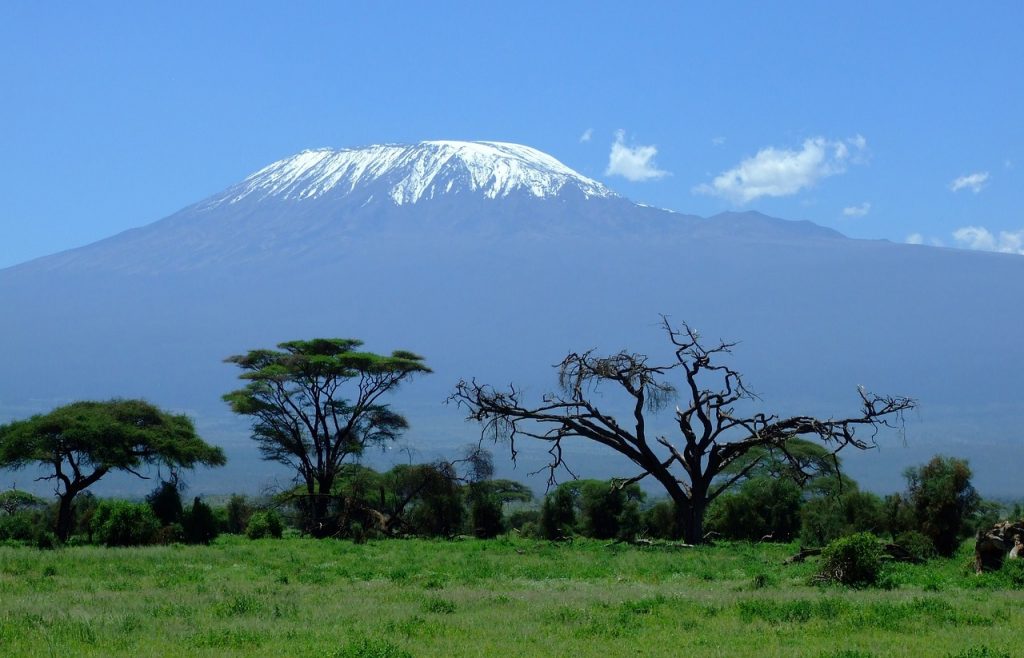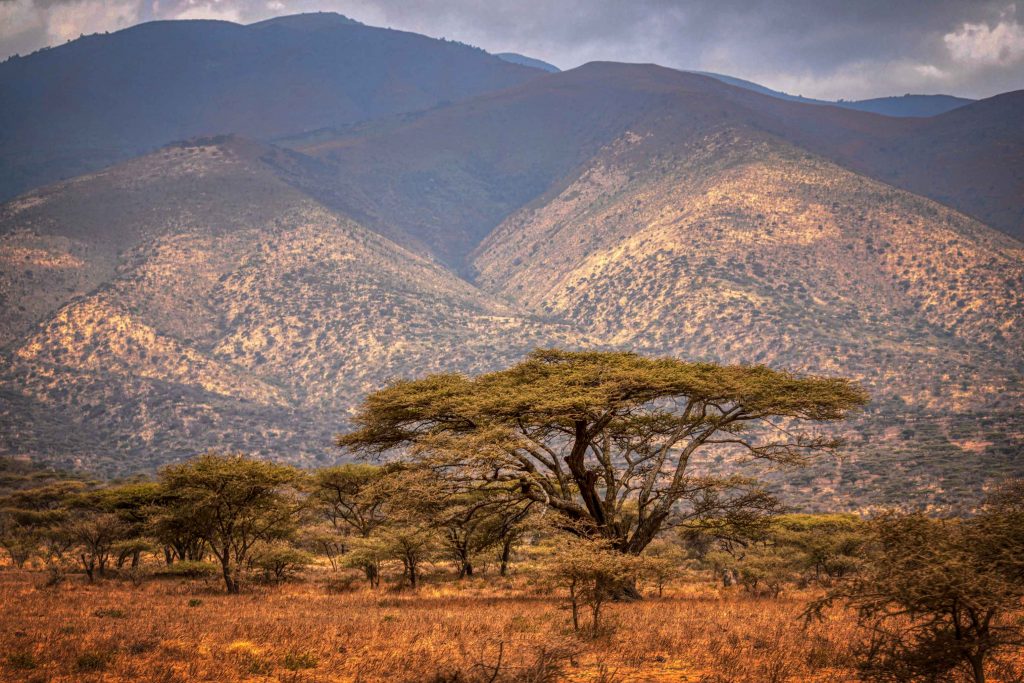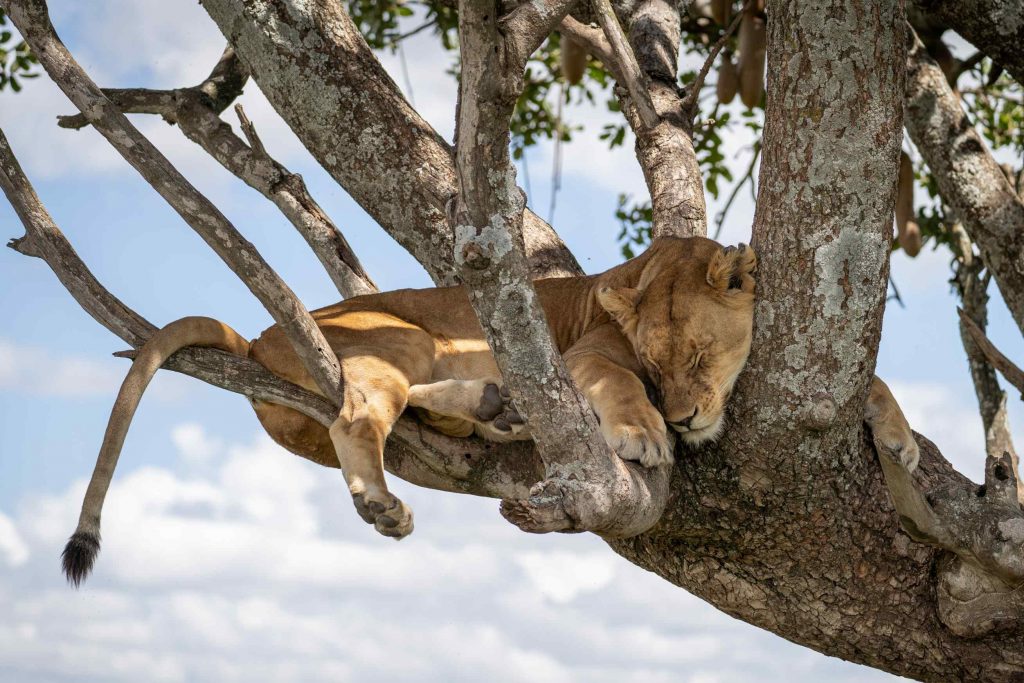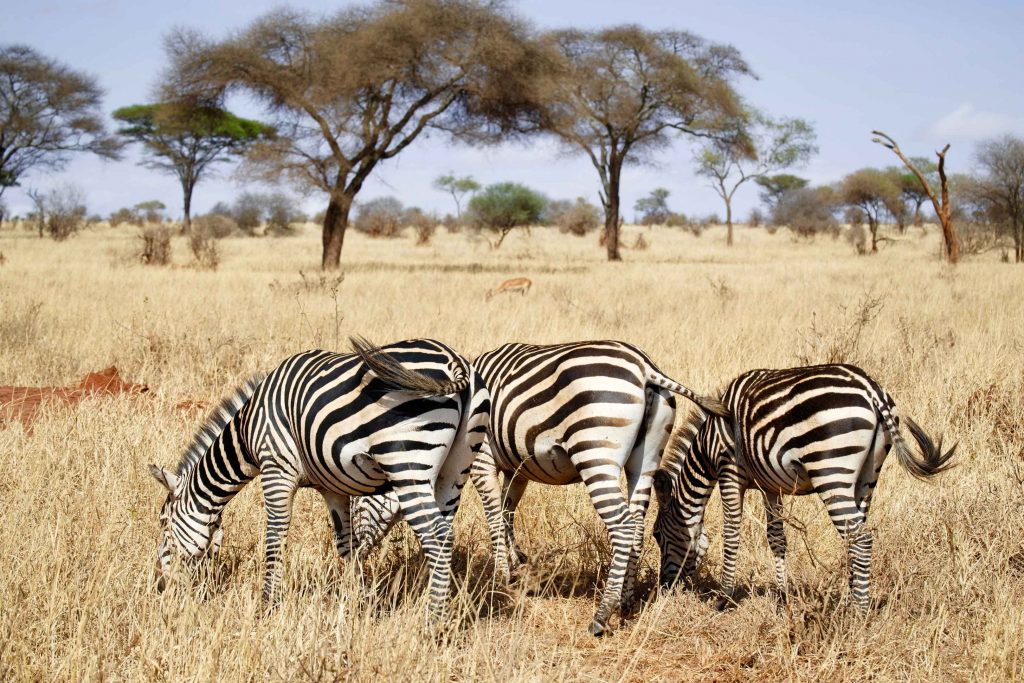Tourist Attractions
The United Republic of Tanzania (henceforth called Tanzania), is a union of Tanganyika and Zanzibar. It is an extraordinary country to visit, voted year after year as the “Best Safari Destination in Africa.” It is one of the unique destinations on the African continent, harbouring an un-paralleled diversity of fauna and flora.
Tanzania is a country of superlatives with
- Kilimanjaro, the highest permanently snow-capped free-standing mountain in Africa.
- Lake Tanganyika, the world’s longest freshwater lake, the second-oldest freshwater lake in the world, the second-largest by volume, and the second-deepest, is shared among four countries, Tanzania (46%), DRC (40%), Burundi (8%) and Zambia (6%).
- Lake Victoria, Africa’s largest lake by area, the world’s largest tropical lake,and the world’s second-largest fresh water lake by surface area is divided among three countries: Tanzania (51%), Uganda (43%) and Kenya (6%).
- To mention a few examples, Tanzania has:
- a 1,424km Indian Ocean coast-line,
- the exotic Islands of Zanzibar,
- the finest game sanctuaries of Serengeti, Tarangire, Lake Manyara, Ngorongoro Creator, Ruaha, Selous, and the Marine Park of Mafia Island.
- With a breathtaking coast and Lake Zone and gently undulating highlands, as well as 42,000 sq. km (more than 16,216 sq. mi) dedicated to 22 National Parks, 1 conservation area, 27 Game Reserves, and several Marine Parks, Tanzania has it all that describes it as a paradise for tourists

Attractions of Arusha, the Conference venue
The conference will be hosted in Arusha City. This location lies in Tanzania’s northern circuit tourist hotspot that includes some of the world’s wonders like Kilimanjaro mountain – the highest in Africa and single highest in the world, the plains of Serengeti – the best-known wildlife sanctuary in the world covering about 14.763sq km with millions of wildlife; the Ngorongoro Creator – the world’s largest fully intact caldera; the Oldvai Gorge – the cradle of mankind dated more than 2 million years ago; the beautiful Lake Manyara – famous for its tree-climbing lions and flamingos and the Tarangire National Park. Take some time to explore the unique scenic beauties and culture of Tanzania. Highlights of some attractions follow:
- Mountain Kilimanjaro is a dormant volcano towering at 5,895 metres (19,341 feet). It is about 80km from Arusha city.
- Kilimanjaro Mountain is the highest point in Africa, and the highest “freestanding” mountain in the world. The behemoths mountains of the Andes and Himalaya are all part of ranges.
- There are five climatic zones on Kilimanjaro. The lowest altitude zone is characterised by tropical weather, high rainfall, humidity and forest fauna and flora. This zone gradual becomes semi-arid with flora dominated by shrubs and small bushes. As one continues up the landscape and flora becomes more arid and desert-like, eventually reaching the glacial zone at the top of the mountain.
- The Serengeti National Park is renowned for its migrating wildebeest, its dense lion population, and its good birding opportunities. It is about 335km from Arusha City (5 hours’ drive). The park is vast covering an area of about 14,763 sq. km (5,700 sq. mi). However, the greater Serengeti ecosystem is much larger, roughly 30,000 sq. km (11,583 sq. mi) about the same size as Belgium or Hawaii, and includes several other game reserves and parks. As one of the greatest wilderness areas in the world, the Serengeti supports a magnificent diversity and abundance of animals, from the Big Five (lion, leopard, elephant, buffalo and black rhino) to giraffes, Grant’s gazelle, impala, kongoni, topi and eland. Some of its specific characteristics are:
- The Serengeti is one of the most famous national parks in Africa and offers some of the best wildlife viewing in the world and it offers good game viewing all year round.
- The Serengeti fits well into most people’s dream of an African safari with its abundant wildlife, vast golden plains dotted with thorny umbrella acacia trees, kopjes, and sausage trees, and its crocodile and hippo-filled rivers.
- Every species of African savannah mammals is readily observed within the Serengeti.
- It is the best place in East Africa to see predators in action – because of the open grass plains where the grazing animals gather, predators are numerous and easily visible to the safari-goer.
- The Serengeti is one of the oldest and most scientifically significant ecosystems on the planet. The greater Serengeti ecosystem includes Serengeti National Park proper; Ngorongoro Conservation Area; Maswa Game Reserve; Loliondo, Grumeti, and Ikorongo Game Controlled Areas; and the Masai Mara National Reserve in Kenya. The whole ecosystem stretches over 30,000 square kilometers (12,000 square miles).
- The Serengeti is home to the world’s largest movement of animals, often called the “Great Migration”. More than 1.7 million wildebeest, 500,000 zebrsa, and 200,000 antelope travel a total of 800 km (500 mi) from the southern Serengeti northward to Kenya’s Masai Mara (in Kenya). During the migration, around 250,000 wildebeest alone die from thirst, hunger, exhaustion, and predation.
- The Great Migration of the Serengeti was selected as one of the Seven Natural Wonders of Africa. The other natural wonders are the Red Sea reef system, Mount Kilimanjaro (in Tanzania), Sahara Desert, Ngorongoro Creator (in Tanzania), Nile River, and Okavango Delta. Note that three of the seven natural wonders of Africa are in Tanzania.
- Besides being selected among the “Seven Natural Wonders of Africa”, Serengeti National Park has also earned the title of one of the “Ten Natural Travel Wonders of the World” for being the site of the largest terrestrial mammal migration in the world (about 2 million animals).
- The Serengeti is the best place in East Africa to see predators in action – because of the open grass plains where the grazing animals gather, predators are numerous and easily visible to the safari-goer. The park sports the densest lion population in the world and is home to all members of the Big Five and more than 500 bird species.
- The Great Migration is one of the world’s great natural spectacles. It starts in Serengenti, with herds of over a million wildebeest as well as hundreds of thousands of other hoofed animals, including zebras, eland, and gazelle travelling over 800km (500mi) across northern Tanzania and ends in Maasai Mara in Kenya. The migration cycle is described below:
- January-March: the wildebeest are concentrated in the northern Ngorongoro Conservation Area and southern Serengeti area grazing and calving.
- April and May the herds begin to head in a northwest direction in search of green grass
- June the herds begin to concentrate on the western side of the crocodile-infested Grumeti River, they cross the river
- July and August the herds continue to move in a northeast direction towards the Mara River and the Tanzanian-Kenyan border, the cross the Mara River (on both countries)
- September-December the herds graze in the Maasai Mara in Kenya and then begin to slowly migrate in a southwestern direction back into Tanzania to begin the process again!

- The Ngorongoro Creator is the world’s largest fully intact caldera. It is about 170km from Arusha City (about 3 hours’ drive), just about mid-way between Arusha and Serengeti.The creator is one of our planet’s most beautiful places, an unprecedented coliseum of biodiversity. It is a petri dish density of wildlife with more predator-prey interactions per capita than almost anywhere on the planet. It is a protected UNESCO World Heritage Site. It is stuffed with more lions and rhinos and wildebeest than one could ever possibly imagine.
- There are only a handful of calderas around the globe, but the Ngorongoro is special because it’s the world’s largest fully intact caldera that hasn’t yet turned into a lake.
- Ngorongoro has over 25,000 wild creatures, they include 7,000 wildebeest, 4,000 zebras, 3,000 eland, 3,000 gazelles, 600 hyena, 200-300 elephants, over 60 lions, 30 rhinos, and many others.
- Ngorongoro creator contains 55-65 permanent lion residents on the creator floor, this is one of the highest densities of lion prides on Earth.
- Ngorongoro has more than 30 black rhinos
- There are more than 500 bird species in the creator, Ostriches, kori bustards, secretary birds…you name it.
- The Great Wildebeest Migration (the largest migration of ungulates on the planet) passes right through the Ngorongoro Conservation Area from December to March and involves over 2 million wildebeest, zebra, and gazelles. The migration is a sight to behold.
- Ngorongoro creator is declared one of Africa’s seven natural wonders
- Human footprints have also been discovered in and around Ngorongoro as far back as 2-3 million years ago. In the wider Ngorongoro conservation area is the Olduvai Gorge, the origins of humans, where evidence of the first known human species, reaching back 2 million years have been discovered. Lying only a few miles south of Serengeti National Park, the Olduvai Gorge makes a convenient stop for those traveling between the Ngorongoro Creator and the Serengeti.
- Lake Manyara National Park offers a wilderness experience in diverse habitats, from its Rift Valley soda lake to dense woodlands and steep mountainsides. It is one of Tanzania’s smaller parks, but it boasts a large variety of wildlife and beautiful landscapes. It is a sanctuary for hippo, giraffe, impala and zebra, and its lake is a magnet for birdlife, including sizeable flocks of pink flamingos. The Lake Manyara park is 126 km (90 minutes’ drive) from Arusha City, just about halfway between Arusha and the Ngorongoro Creator. Its unique features include the following:
- The park is famous for its unusual legendary tree-climbing lions and impressively tusked elephants in vast herds.
- The park is known for its large herds of buffalos, wildebeests, zebras, blue and velvet monkeys, bushbucks, and baboons.
- The Lake Manyara is a magnet for birdlife. It has sizeable flocks of pink flamingo as far as the eye can see and it is a seasonal home to a wide array of water-birds that can be found on the shore at all times, as well as about 400 species of indigenous birds and migrant birds who’ve made Tanzania their home for summer.
- It is a sanctuary of a large plethora of African game including cheetah, lions, buffalos, Maasai giraffes, impala, troops of the olive baboon, Sykes monkey, hippos and the Cape clawless otter.

- Tarangire National Park is ranked the 6th largest National Park in Tanzania, covering an area of 2,600 sq. km (1,004 sq. mi) and it is most popular for its large elephant herds and mini-wildlife migration which sees about 250,000 animals enter the park. The Tarangire National Park is about 140 km (87 miles), about three hours’ drive from Arusha City. The Park has the following:
- Tarangire National park is home to one of the largest elephant populations in Africa with several herds of up to 300 members per herd.
- There are large numbers of wildebeests, zebras, impalas, elands, buffaloes, giraffes, Bohor reedbuck, Coke’s hartebeest, Thompson’s gazelles, leopards, lions, hyenas, and cheetahs,
- There are kudus and on rare occasions, the unusual gerenuk and fringe-eared Oryx and a few black rhinos.
- While wild dogs are only seen once in a while, lions can be found around the park, almost any time of the day.
- There are quite many birds within the Tarangire, actually, there are over 545 species of birds that have been identified.
- Arusha national park is 25 km from the City centre. The park covers Mount Meru (the second highest mountain in Tanzania with an elevation of 4566 metres (2837 mi) and the Ngurdoto Creator. It has a rich variety of wildlife, common animals, including giraffes, Cape buffalos, zebras, flamingo, elephant, bushbucks, warthogs, the blue monkey, the black-and-white colobus monkey and many other African animals. Leopard are present, but rarely seen. Birdlife in the forest is prolific, with many forest species more easily seen here than elsewhere on the tourist route.


